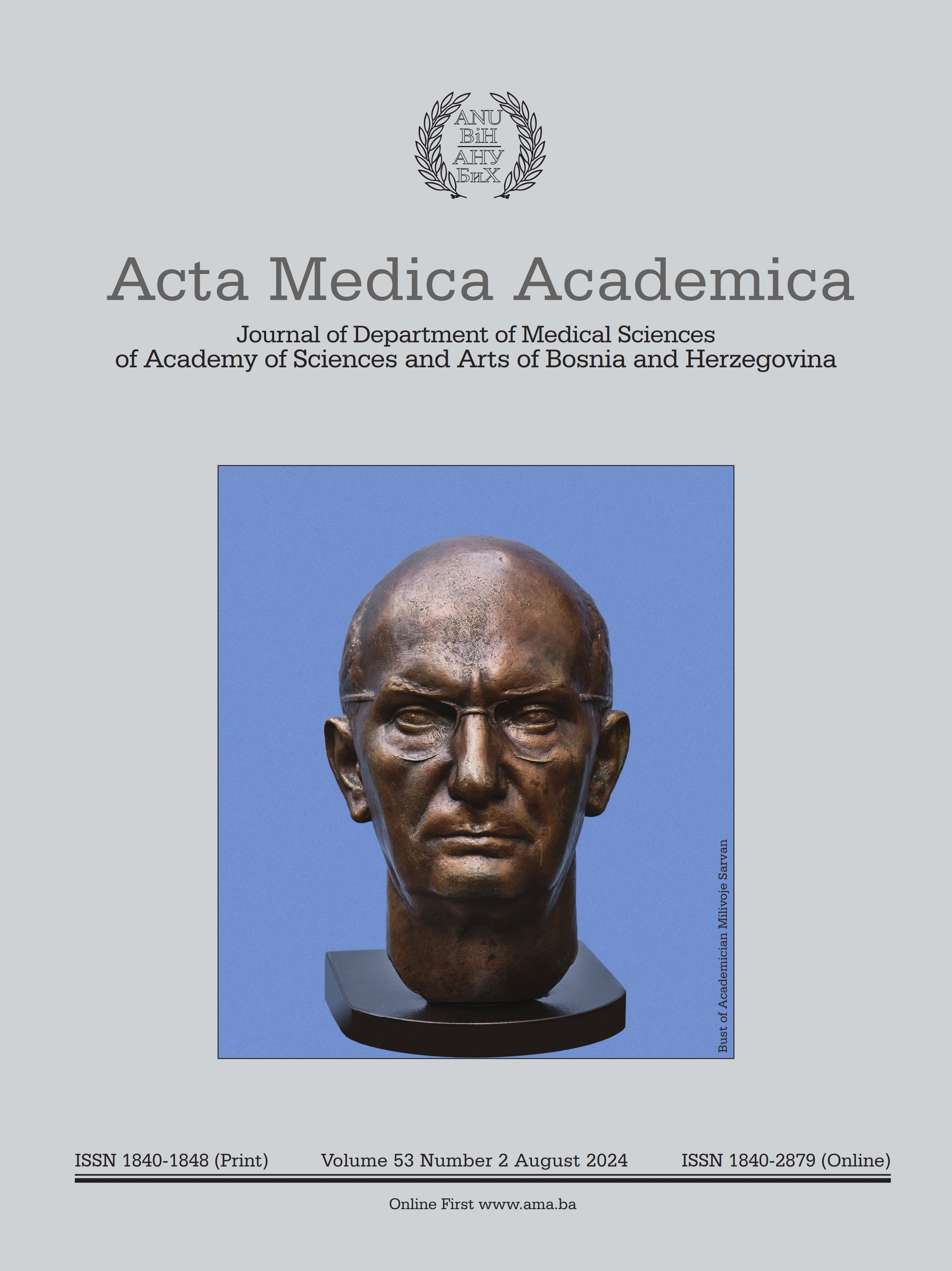Selenium and Triple Negative Breast Cancer
DOI:
https://doi.org/10.5644/ama2006-124.450Keywords:
Selenium, Triple Negative Breast Cancer, Antioxidants, OncologyAbstract
Background. The deadliest, most dangerous subtype of breast cancer is triple-negative, which lacks treatment targets and accounts for 30% of all breast cancer-related deaths worldwide. TNBC is characterized by the expression of no estrogen, proges- terone, or human epidermal growth factor 2 receptors. This suggests that new treatment modalities with fewer adverse effects are required.
Objective. The aim of the present study was to investigate the therapeutic potential of selenium compounds as an adjuvant therapy for Triple Negative Breast Cancer (TNBC), either on their own or in conjunction with nutritional supplements and chemotherapy medications.
Methods. Using the keywords “selenium” and “triple negative breast cancer”, a thorough search was conducted in the PubMed database, yielding 23 articles. The following factors were taken into consideration for inclusion: studies using TNBC cell culture lines or in vivo tumors/specimens; full-text articles from the PubMed database; studies published in the English language; experiments with statistically significant results; and selenium used alone or in combination with other antioxidants or chemotherapy. This led to the evaluation of 13 articles in this review. Results. The results show that selenium therapy increased the anti-cancer drug’s effects and produced tumor cytotoxicity, while reducing the cellular features of the cancer (hyperproliferation, growth, and metastasis).
Discussion. This study evaluated the various selenium compounds tested, the cell lines and model organisms used, the assays performed, and the cellular pathways affected.
Conclusion. Examining the possible benefits of selenium in TNBC treatment highlights the need for more studies to confirm selenium compounds as viable co-therapeutic agents.
Downloads
Downloads
Published
How to Cite
Issue
Section
License
Copyright (c) 2024 Despoina Sidira, Angeliki Siafaka, Dimosthenis Chrysikos, Georgios Papadopoulos, Epameinondas Stratopoulos, Dimitrios Filippou

This work is licensed under a Creative Commons Attribution-NonCommercial 4.0 International License.





